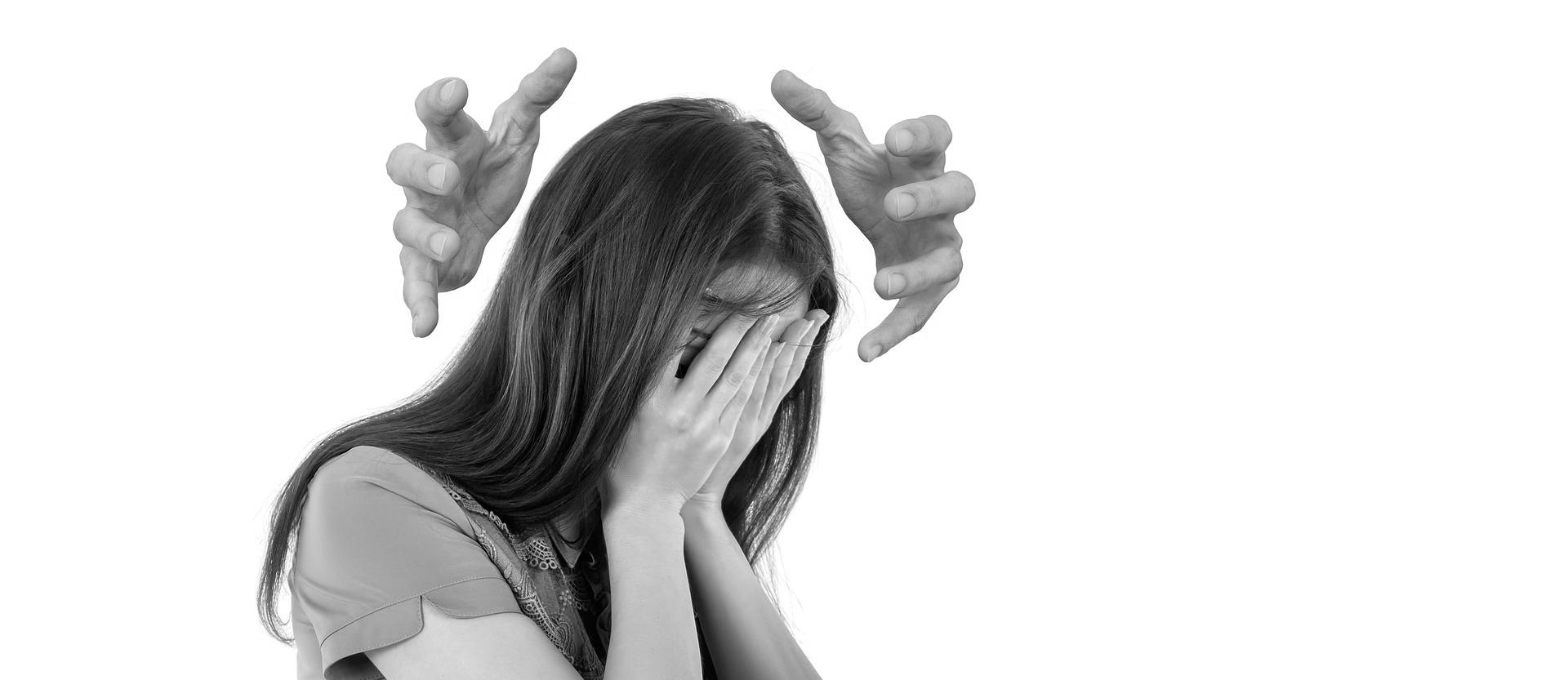


The start of a new academic year brings many firsts and lasts. While some are taking their first courses, others are getting the last ECTs they need to graduate. Freshmen have their first encounter with the word ‘spies’, whereas others will get to enjoy their final one. For some, it is the first time they have joined an association. For others, it is the last time they go for drinks before withdrawing. As for the current Turn The Page committee, this issue is the last time they have put hours of effort into the magazine you are holding. For their successors, this will be the first time they will experience what it is like designing over fifty pages of reading material.
For most of us, a lot will undoubtedly change this year. Whether you are a freshman, senior, or master’s student. For me personally, it is my first time being a board member of our study association. An attentive reader would now think it will also be my last, and they are probably right. But for now, I am on the new board at the start of an intense and exciting year.
When it all feels overwhelming, you will find me chatting with someone from outside the student environment, probably talking about the weather or something else nonsensical. I hope you also seek peace and quiet to take a moment for yourself when you need it. After taking a break every now and then, the firsts and lasts will be much more fun and bearable.
Sietje Piebenga Chair of ID


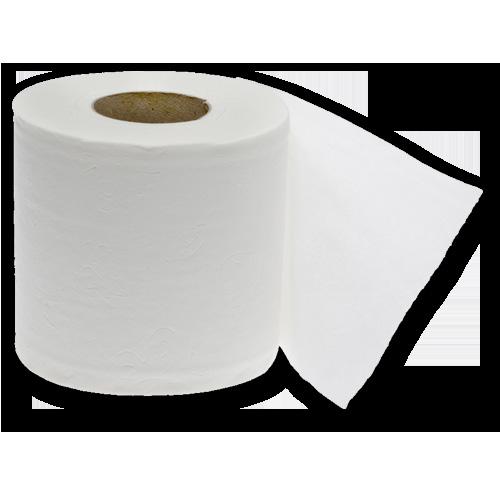
Contents
TIME
NOCalendar
Liselot Roijakkers
Finally, we want to thank all of you (yes, you there!!) for reading our editions of Turn the Page. And whether you decide to destroy the page or read the page, we hope you will all love the page just as much as we did.

provoking topics that go beyond the things you have previously encountered or anything that is disorderly, for that matter. Take the cover story, for example, which introduces you to a digital dystopia filled with stimuli. Or the article called ‘design without borders’, which makes you question your previous conceptions about what humanitarian aid entails. We are even taking you to outer space with an article about the Voyagers. Finally, because we are all about chaos, we could not help but give a little spin to our well-known classics. Have a look at our hutspot-themed hutspot. And the babe? Yeah, it is a dude now...
because this edition is all about Disruption! It is filled with thought-
And while Turn the Page feels like our little baby, we hope you use it the way you enjoy most. Even if that means it will be torn to shreds, cut to pieces, or burned to ashes. However, we hope that you will read some of the articles first. Especially if you like chaos,
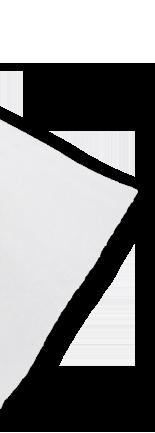
Still not satisfied? Well... Maybe you could throw the page? Or rip the page? You could even cut the page, stick the page, and glue the page! You could wear the page, throw the page, rip the page, burn the page, flush the page, stimulate the page (whatever that might mean to you), or send the page to space. If you are feeling culinary, you could cook or bake the page, and if you are hungry, maybe try and eat the page (please do not eat the page).
You would assume this magazine is just for reading, right? Yeah, that is what we thought too. But after a year of writing, interviewing, brainstorming, and indesigning, we realised that there is much more that you can do! Have you ever actually turned the page before? Well, now you have. You are welcome!
Chair
Editorial
Julia | treasurer Thom | publicity Liselot | chair Georgina | text editor
Anne | content
Sietske | editor
Tobias | external affairs
Gerben | layout
Roisin | secretary
Annabel | editor in chief
D E S I N
UPCOMING D G I A L
by Georgina Mannion
EVENTS
IMAGE UPSCALER
You know that old low-quality photograph of you as a baby that your parents took? Or a picture you took of your friend that night that was just out of focus? What if you could magically give them HD quality? Image upscaling technology makes exactly that possible. Using machine learning, the “low quality” parts of the picture get filled in, creating an incredible difference in quality with the old picture, sometimes upscaling them to four times the quality! You can try it out at www.imgupscaler.com
DISRUPTIVE PLAYLIST
This disrupted edition calls for a disrupted playlist in which you will not find your usual favourites. Think of a sound in your childhood home that would not be your home without it. For example, the news playing in the background or the sound of the washing machine spinning while you were studying for your finals. While the playlist obviously contains songs, you will also hear your favourite appliance noises. Who would have thought a washing machine could sound so good.
DUDE+ 6 November 2022 | turn the page
FACING BLACKNESS
This multimedia exhibition takes visitors through the underexposed history of Dutch representations of Black people from the colonial period until now. The Black Archives show how colonial portrayals of Black people became a part of Dutch traditions. A well-known example is the zwartepietendiscussie – how did such a dark part of this nation’s history become a staple for a children’s celebration? The exhibition is on until December 23rd, 2022, so visit before it is too late.
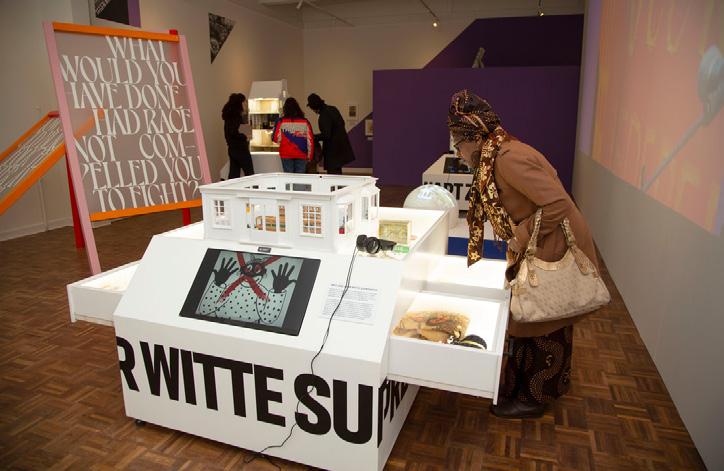
MRBALLEN PODCAST

You will definitely enjoy this podcast if you are a true crime lover. MrBallen is a fantastic storyteller who, unlike other true crime narrators, does not centre his episodes around infamous serial killers. He instead tells true stories that sometimes involve murder and mysteries with jaw-dropping, plot-twist outcomes from around the globe. He can pick any point of view in the story and make you feel like you have figured it out, just for you to get an unexpected ending every single time.
BLUE
CITY’S CHANGEZ XL
On Saturday, November 26th, CHANGEZ XL is turning ‘het oude golfslagbad’ in Rotterdam into a huge swap & reuse warehouse. They are organising a vintage clothes swap, children’s clothing swap, Christmas market, and a wintery food court! Entrance is free, and vintage Christmas items are provided. The only rule is that you bring at least five pieces of clothing to trade and book your tickets beforehand!

turn the page | November 2022 7 DUDE+
HOP STUDIO’S FONT CUTLERY
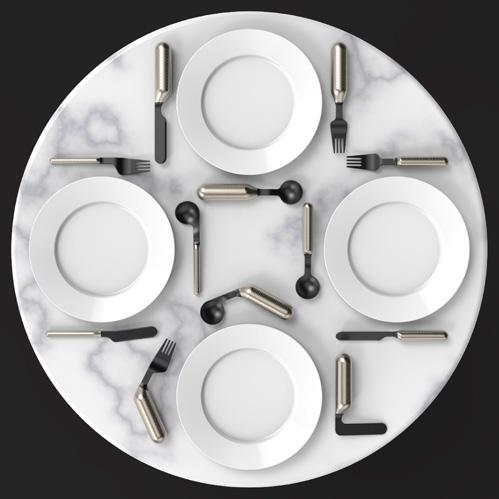
Australian design company Hop Design has made a cutlery set for people with different disabilities, using 3D printing. The minimalistic cutlery set comes in 24 distinct sets while maintaining a cohesive and aesthetic appearance. The designer said his motivation came from cutlery for disabled people, typically looking orthopaedic and creating a sense of ‘other’. This cutlery set is a perfect example of inclusive design that is considerate and adaptive to peoples’ needs.
SCOLIOSIS

PANSY’S BAUBLE BOXES
Did you know there is this really cute ceramics store in Amsterdam? It is female-led and you can follow a workshop at their store or buy a kit for at home! They have a 40 euro kit for Christmas or for Sinterklaas. The kit comes with two ready to be glazed baubles, four paints, and the brushes you need to paint it. When you are done painting them, you can send them back to be glazed.

BRACES BY SANGYU XI
Sangyu Xi won this year’s James Dyson award with her subtle and elegant design for teenage girls with scoliosis. The brace is made from bioplastic polylactic acid and can grow up to three years with its wearer. It is a symmetrical brace that can be worn left or right and it even tracks the user’s development through an app. She became inspired with this idea when she learned that 84% of scoliosis patients are teenage girls.
DUDE+ 8 November 2022 | turn the page
Ingredients
550 g of flour
3 ½ dl of milk
75 g of sugar
2 tsp of cardamom
25 g of fresh yeast
110 g of room temperature butter
1 whisked egg
Steps
1. Warm the milk up until it almost burns your finger - not any warmer, not any cooler. Crumble up the fresh yeast in a bowl and add the warmed milk to dissolve it.
2. Mix all your dry ingredients and add half of it to your yeast mixture.
3. Start kneading the dough and gradually add the remaining dry ingredients and the butter. Continue to knead until the dough starts to slip from the bowl. Do not be afraid to use some muscle, as this is what will make your buns fluffy!
4. Cover your bowl of dough with a towel and let it rise until it has doubled in size. Pro tip is to put it on the washing machine or somewhere where it is a bit warmer than in the rest of the house.
5. After the dough has doubled in size, give it another good knead before dividing it into ten equal parts. Roll these parts into buns and put them on a baking tray. Cover them again and let them rise for 30 minutes.
6. Preheat your oven to 215 °C while the buns rise.
7. Finally, brush some egg wash on the buns and put them in the oven for 10-15 minutes. They are ready when they are golden brown.
Put it on a fork and enjoy! Or not, that is also fine. 3
In Scandinavia, variations of this sweet, fluffy bun are a go-to remedy during the winter months. My mother used to serve them steaming hot on a fork when I came home frozen after having played in the snow. She recommends using muscle when kneading and implementing patience when the dough rises. Enjoy!
by
Anne Svindland Nijdam I special thanks to Torunn Anne Svindland
CULINARY turn the page | November 2022 9
Dopamine Dystopia
COVERSTORY 10 November 2022 | turn the page
You are bored. What is the first thing you do? You probably reach out for your phone and start scrolling on social media. Before you know it, you have been watching lifehacks and slime videos for two hours without blinking.

This addicting entertainment seems innocent and fun but supposedly is not so unimpeachable as we thought. Why can you not stop scrolling?
There seems to be a particular kind of addicting element to TikTok (and similar platforms like Instagram Reels). This type of entertainment captivates our brain much more intensely and keeps our eyes glued to the screen for a much larger amount of time than social media and electronic entertainment as we have seen in the past ten years. Everything must be short, flashy, and as efficient as possible with feeding you information because if the videos are too long, less and less people will watch them. This is caused by the capitalist approach of focusing solely on growth and not what the content causes users. Let us dive deeper into why our brain cannot get enough of these short and addicting videos.
Your brain loves the efficient and short information it gets when it is brought in an entertaining manner. For example, many effects and cuts are used to make it shorter. This short entertainment produces a lot of dopamine in your brain. This is a neurotransmitter which motivates you to do something and gives you a rewarding feeling after accomplishing it. But guess what, after scrolling on TikTok for an hour, you have still accomplished nothing, even though your brain makes you think you have. All these stimuli tire you out, and when you put your phone away, you feel empty because your brain is missing the entertainment and dopamine boosts. This also shortens your attention span because

your brain wants to return to ‘easy dopamine’ as quickly as possible.
The algorithms that are used on these platforms trigger your addiction even further by analysing and choosing what you find most interesting, which of course, makes it more interesting. This is programmed to bring you into dopamine heaven.
Not only do phones make you addicted, but you also produce more GABA. This is another neurotransmitter, but instead of giving you an accomplished feeling it slows down your brain. It seems that quick and easy social media is not doing the best for our brains; Where will this go in the future?
The main reason why people love this kind of quick entertainment is the fact that it is a lot of fun. The videos are funny, relatable, or useful (depending on what you like). So, if it makes people happy, where do we draw the line between battling people’s brains being drained and letting people have some fun? How will this develop in the future, and should we fear the rate at which it is taking over the world? Do we want to dive into this stimuli epidemic, or is it already too late? 1
NOCalendar
TIME
turn the page | November 2022 11 COVERSTORY
text by Roisin Bonis and Liselot Roijakkers | layout by Roisin Bonis
Overkill at a young age Living on earth in this day and age, you get more and more stimuli thrown at you every day. This means that children are also exposed to a lot of these impulses. It is even more problematic that a lot of companies respond to this. Toys have more colours, noises, and functions than ever, and the iPad is now one of the main things children prefer to play on.
The tv industry continues to make more shows that work like drugs for kids. The number of effects, colours, and cuts has the same addictive personality as TikTok. If you are curious about an example, you can check out the series Coco melon. After watching it for two minutes, you will understand how addicting this is for children.
If children are already becoming addicted to stimuli at such a young age, it is probably not a good development for them. However, this is not the children’s fault! Some parents make them addicted without even realising it. For instance, everyone has seen a baby cry in a restaurant, and when it does not stop crying, parents just put an iPad in front of the baby, and it immediately stops crying. This seems like an easy, quick fix, but sooner or later, the baby will only stop crying if it is distracted by a screen. Most parents are cautious, but even the smallest things can affect a child’s development.
Without saying ‘old is always better’, it is safe to say that children would be better off playing with wooden blocks than staring at a screen.
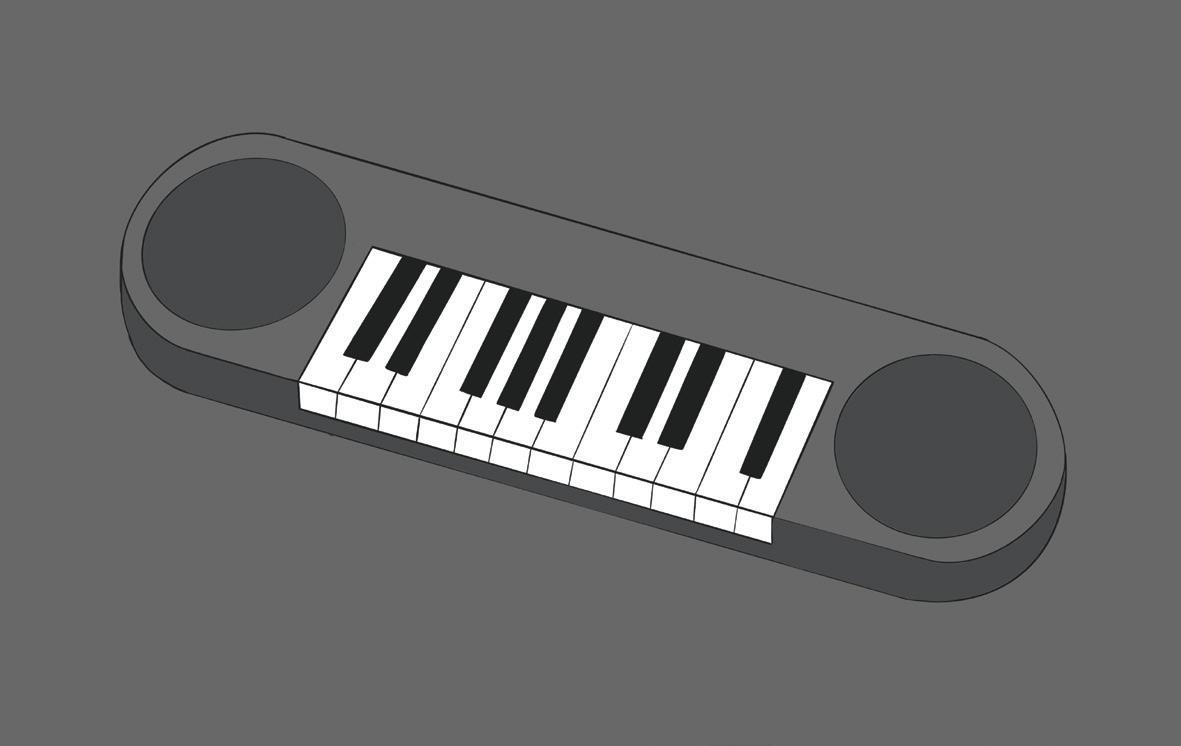



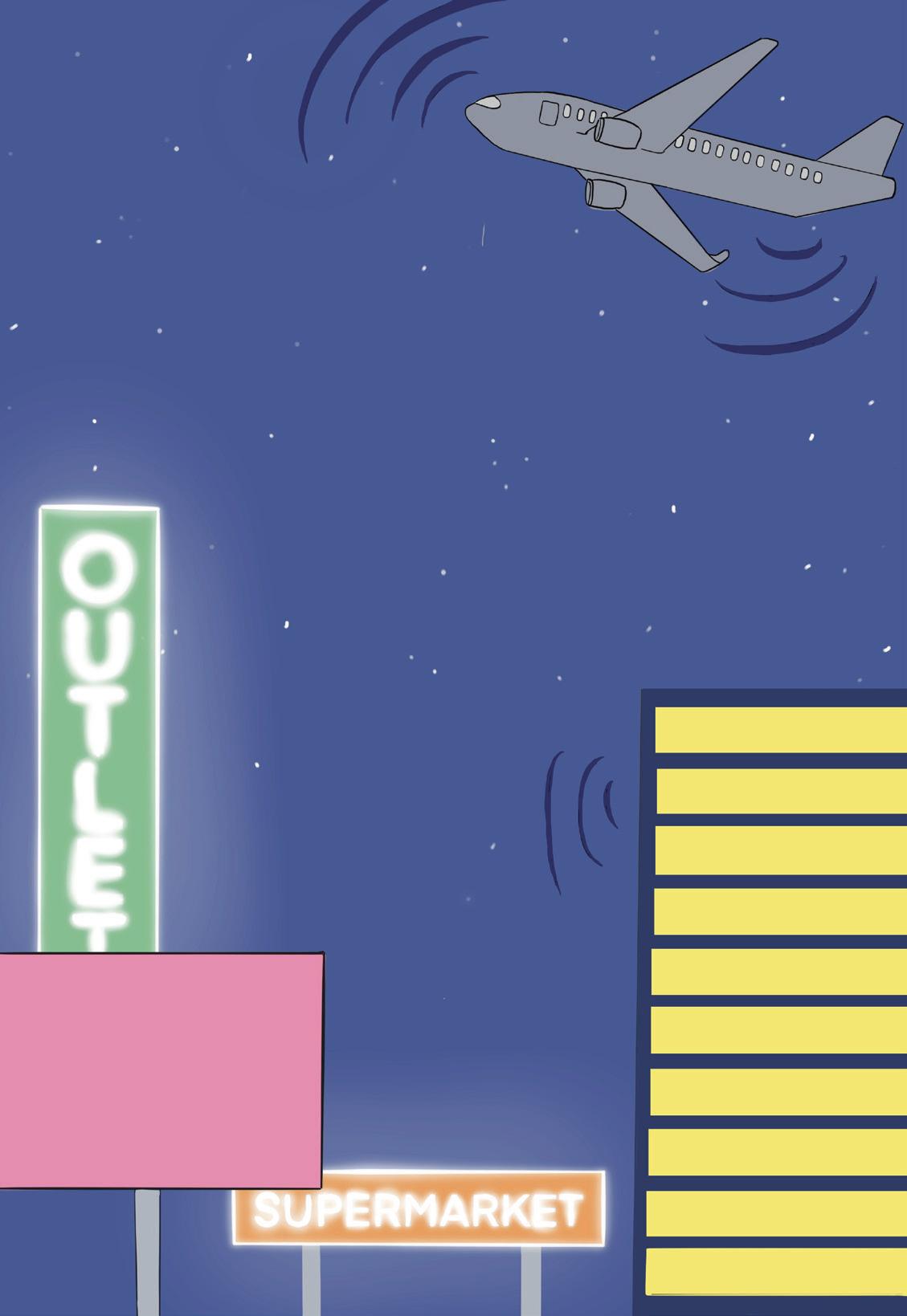

5 7 += enter save open music
buy this buy that buy everything!
COVERSTORY 12 November 2022 | turn the page
Dopamine all around us
As mentioned in the beginning, adults are also captured in this stimuli epidemic. Not only is social media the biggest problem, but all kinds of things around us are being shaped to keep our attention for as long as possible. News items are shorter, advertisements are flashier, and calendars are getting fuller.
Even a regular trip to the supermarket is different than 30 years ago. The first thing is the tremendous amount of choice you have. You no longer need to eat bread with cheese for breakfast, now you can buy things like premade overnight oats, twenty different types of smoothies, and avocado spread. How do you even make a choice? Then, there is the marketing and
advertising in the supermarket. You are unconsciously manipulated into buying different kinds of products because of stimuli like banners, personal deals, product placement on the shelves, and packaging. Just like watching TikTok videos, the supermarket wants to get your attention as much as possible in order to get you to buy as much as possible.
Too fast for our brains
There is a big problem, however.
The neocortex, that part of the brain responsible for processing information, developed about 400,000 years ago. As you can imagine, our lives looked quite different at the time. Our days might have consisted of making some tools, catching a bird to eat, collecting berries, or getting cosy in our cave. It was important for us to take every piece of information in as that meant we had a bigger chance of survival. It is not surprising that we have evolved to take in so much of the world around us. But that is also where the problem comes in. Suddenly (in the scope of mankind), technology was introduced to our lives, and the possibility of knowing everything is more real than ever with the phones we constantly carry with us. While our world is expanding fast, our prehistoric brains are struggling to keep up.
The world around us is being shaped into a place where having some peace and quiet becomes harder to achieve. Even if you wanted to, sitting still and not doing anything is much harder when there are so many distractions out there, and your brain is craving dopamine. Why is our brain influenced so much by all these impulses?
In short, your brain craves all the information your phone has, so it is no surprise that we are growing addicted to these devices. However, because your phone delivers all the information at such a high speed, there is no time to process it. This means all the stimuli pile up to fill your brain, leaving you groggy and exhausted. And what do we do when we want to ‘do nothing’? Sit around and scroll through our phones.
This is not an ideal situation for our poor noggins. And we think there are two possible outcomes if we continue with this way of living. Our brain might evolve to the constant influx of information, and it might become faster than ever. Or it might not, making us become scary phone zombies.

‘‘The world around us is being shaped into a place where having some peace and quiet becomes harder to achieve.’’
1 turn the page | November 2022 13 COVERSTORY
Our brains will not evolve overnight, but our attention span is getting shorter. What could this mean for the world around us? Maybe lectures would have to be given as short clips, with presentations being given on brightly coloured flashing screens to grab your attention. And would we still be able to safely drive our car when our brains are being programmed to only focus for 15 seconds at a time? And if not, what then? Imagine a conversation where the subject changes every minute because you keep getting bored of what is being said. Imagine if real-life conversations would even be satisfactory in this dopamine dystopia.
that covered. I guess if we, as a society, wanted to become even closer to our trusty devices, we could.



But there was also another scenario, a future where our brains can magically process all the information provided to us at a million miles an hour. I wonder how this would affect our day-to-day life. We might speak faster, learn faster and maybe live faster? Why spend eight hours a day at school when you can speed it up and do it in four. And with the internet on our side, we could save a lot of space in our brains. Why memorise the things you can google? What would or could we spend all the extra time and mind-space on that we would save? Maybe on self-reflection, so we would all become better versions of ourselves. Or maybe an even more addicting version of TikTok.
I must admit that the fast-thinkingsuperhuman seems the more unlikely option. And honestly, I imagine life to be stressful. I think I am perfectly content with my medium-fast paced life. As designers in the making, we have some influence on the world of the future. We might have to think about the greater good. Do we want to become the dopamine dealers of a stimulus-craving society? And if so, would it do us any good? 3
On the other hand, would teaching still be necessary? We can find everything on our phones anyway. And self-driving cars are emerging, after all, so we might even have

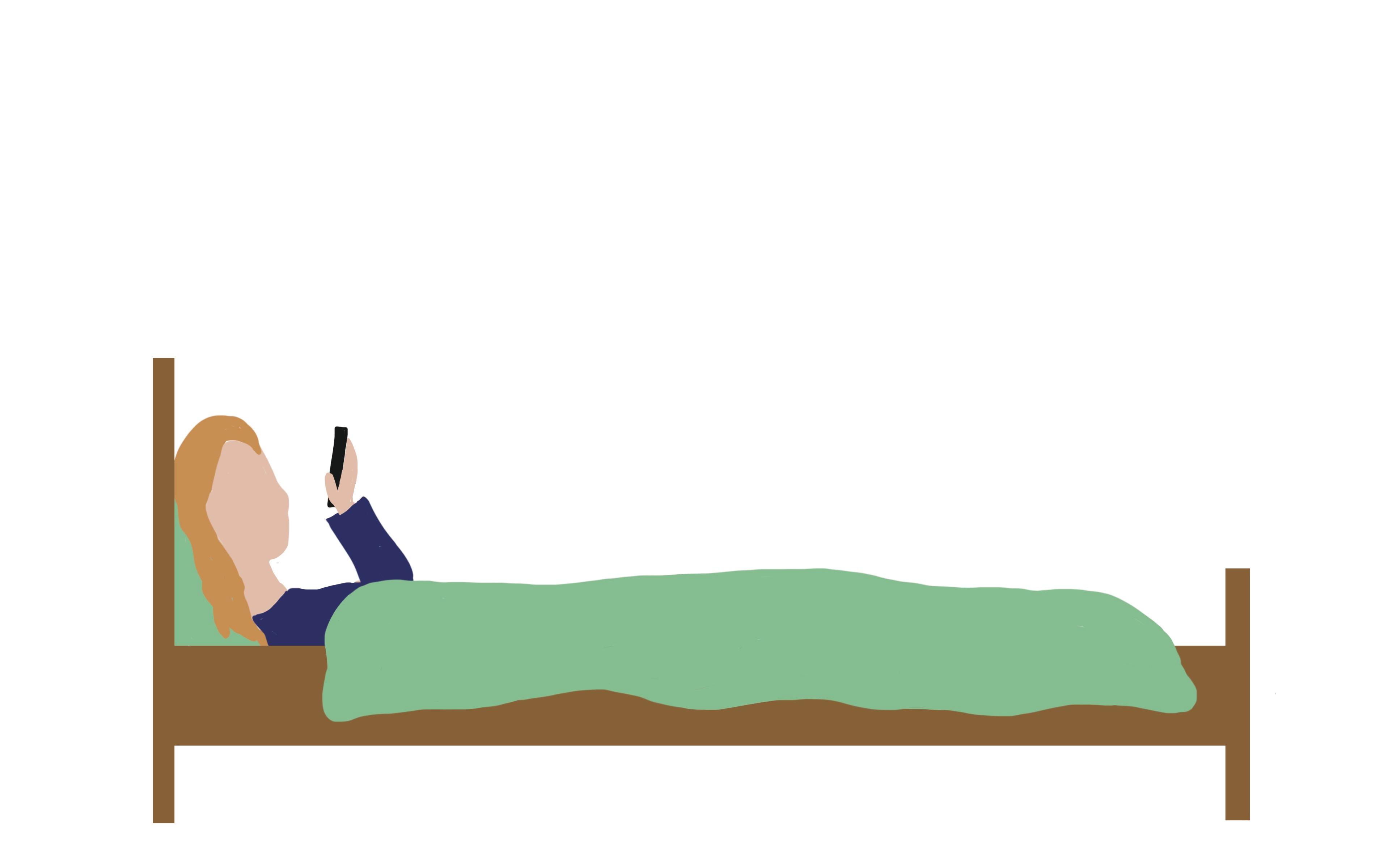
“Our brains will not evolve overnight, but our attention span is getting shorter.”
COVERSTORY 14 November 2022 | turn the page










turn the page | November 2022 15 TTP ART
An homage to you
This year started with a spectacular freshman weekend. 30 mentors and 65 crew members were eager to meet the 226 enthusiastic freshmen. It was a special EJW at which we partied and slept at the faculty as usual. It was a feestje, thanks!
by Sietske van Bakel
Ey Tsjaboo’s!

ID PAGES 26 November 2022 | turn the page
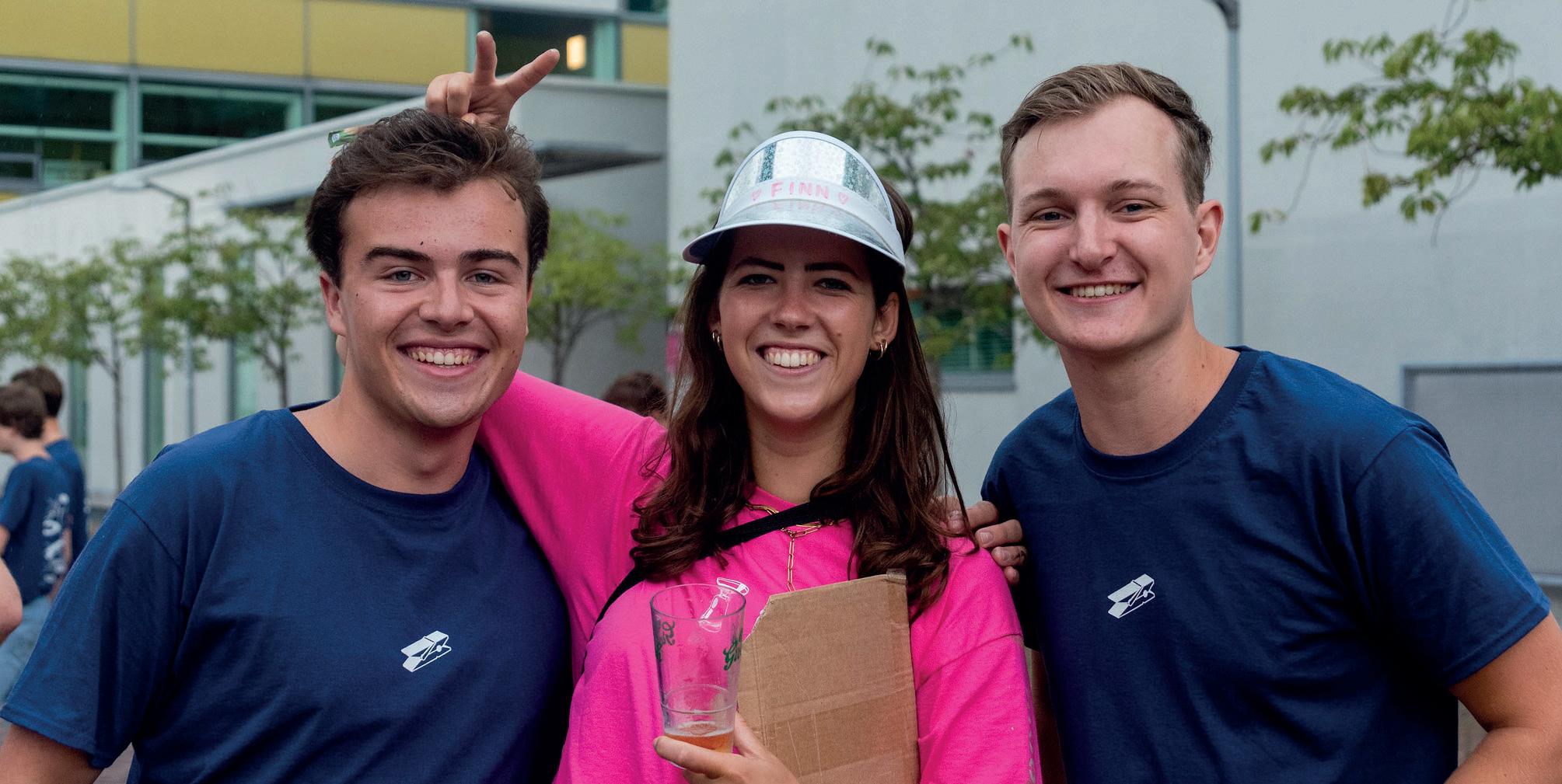





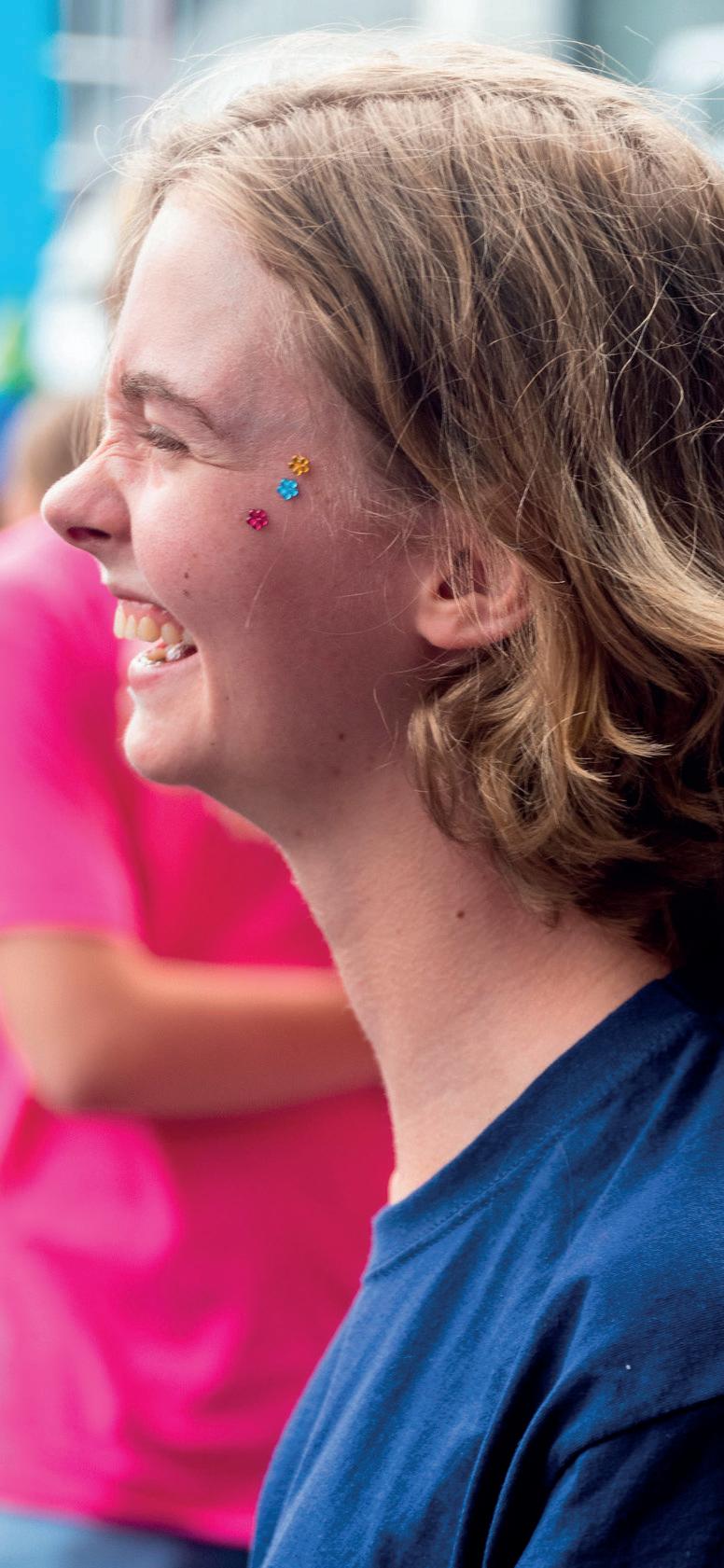

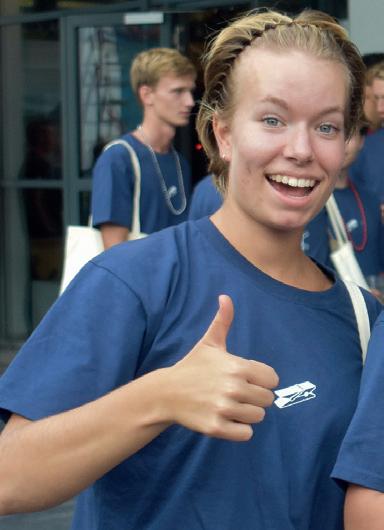


ID PAGES turn the page | November 2022 27
YOUR... IS NOT Culture my
Kendall Jenner’s tequila brand, Kim Kardashian’s “Bo Derek” braids, wearing Native American headdresses for Halloween, Rituals’ classic collection, TikTok’s infamous Renegade dance trend, Gucci’s 790 dollars’ Indy Turban’, Hailey Bieber’s “brownie glazed lips”, and Buddha statues at Dutch garden centres. These things all have one thing in common: cultural appropriation.
text by Georgina Mannion | layout by Anne Svindland Nijdam
EDGE turn the page | November 2022 35
Buddha: a symbol of religion and... gardening?
If you are unfamiliar with this term, let us pick an item from the previous list: the Buddha statues at Intratuin. Have you ever noticed how many Buddha statues are for sale at Intratuin? You can buy them as vases, aquarium decorations, water ornaments, or flowerpots. Quite strange, is it not, since Intratuin is not a religious store. Even if you still think, ‘well, maybe people think it is pretty’, let us reverse the roles. Imagine instead that all these Buddha statues are replaced with statues of Jesus in which you can plant your pancake plant. You would probably wonder if someone repurposed the pot from an old church, not as something from your local garden centre.
Whether or not we debate if selling these statues is considered problematic within the teachings of Buddhism, it is safe to assume it is not a Dutch Buddhist population creating a demand for these statues at Intratuin. Many consider this insensitive or inappropriate since the statues are sold for aesthetic rather than religious reasons. If we zoom out a little more, we see a store from a dominant culture using an element from a minority culture to make a profit.
Cultural appropriation uses objects or elements of a non-dominant culture in a way that reinforces stereotypes or contributes to oppression. It also does not respect the original meaning or credit the source, including the unauthorised use of cultural elements.
Give credit where credit is due
While the previous example highlights cultural appropriation by a business, there are also examples on an individual level. For example, Kim Kardashian posted a picture on Instagram wearing braids in 2018, saying she had gotten ‘Bo Derek’ braids and was really into them. People were upset with her not only for wearing the braids but also for calling them by the wrong name. The braids she wore are called cornrows, dating back to 3000 B.C — way before Bo Derek’s time. Her incorrectly referring to the braids dismisses the fact that Black people, who have been wearing the braids for hundreds of years, are discriminated against and bullied for wearing braids. It comes across as insensitive that Kim forgets she can wear those braids without all the racism members of the Black community face for wearing braids from their own culture.
Moreover, the significance lies in the fact that enslaved people wore these braids to store seeds in their hair and braid maps to help other enslaved people on their way to the colonies. These braids, being a means of survival for their ancestors, hold a very deep meaning to the Black community. Having them called ‘Bo Derek’ braids by a very influential (non-Black!) person dismisses their significance and misinforms people who, like Kim, were unaware of their importance. And let us be honest; it is not like it would have taken Kim that much time to read up on the history of the braids she chose to wear.
“Cultural appropriation uses objects or elements of a nondominant culture in a way that reinforces stereotypes or contributes to oppression.”
EDGE 36 November 2022 | turn the page
Native Americans are people that we hardly are in touch with here in the Netherlands, yet a group we have so much to thank for. They invented dream catchers, kayaks, hammocks, snow goggles, mouthwash, baby bottles, and topical pain relievers, which we still all use today. Devastatingly, Columbus’ arrival in the Americas led to the demise of between 55 to 106 million Native American people to just 6 million. While we all learned this was because of diseases they had not been exposed to, they were also conquered for nearly 200 years.
Native Americans are people that we hardly are in touch with here in the Netherlands, yet a group we have so much to thank for. They invented dream catchers, kayaks, hammocks, snow goggles, mouthwash, baby bottles, and topical pain relievers, which we still all use today. Devastatingly, Columbus’ arrival in the Americas led to the demise of between 55 to 106 million Native American people to just 6 million. While we all learned this was because of diseases they had not been exposed to, they were also conquered for nearly 200 years.
During these wars, some tribes wore war bonnets. Many tribes have examples of these war bonnets, each having a different purpose. An example we are likely all familiar with is the feathered war bonnet. Some non-natives, however, have decided that it would be cute to wear replicas of these headdresses as a part of their Halloween costume or to Coachella. Considering what Native Americans have been through, we can all imagine why they would be offended by non-natives wearing them outside their usual context. A war bonnet is not just a costume to them. It is a symbol of their identity.
During these wars, some tribes wore war bonnets. Many tribes have examples of these war bonnets, each having a different purpose. An example we are likely all familiar with is the feathered war bonnet. Some non-natives, however, have decided that it would be cute to wear replicas of these headdresses as a part of their Halloween costume or Coachella. Considering what Native Americans have been through, we can all imagine why they would be offended by non-natives wearing them outside their usual context. A war bonnet is not just a costume to them. It is a symbol of their identity.
Cultural appreciation
Although the intentions in the previous paragraphs are probably not bad, there is a right way to do things. It is the opposite term for cultural appropriation, which is cultural appreciation. It is a way to partake in cultural celebrations or rituals without being insensitive. For another example, look up ‘Adele Notting hill carnival’. Google Images should show you a picture of Adele wearing a bikini with the Jamaican flag on it and wearing Bantu knots. While, at first glance, this image looks like it could be cultural appropriation, you can find that Adele grew up in Tottenham, a South-London borough that has a large Jamaican population. Despite not being Jamaican herself, Adele grew up around Jamaican culture and therefore was showing appreciation to the culture she grew up in, rather than wearing it because she simply thought it looked ‘cool’.
Like Adele, you can be culturally appreciative of something without being offensive. You can ask yourself a few questions: Are stereotypes attached to what you want to do? Are you crediting the source of what you are doing? Is there history attached to it? Is it sacred to the group you are drawing inspiration from? If you do not know the answers to these questions, you can probably tell by the name of whatever you want to do. Is it something from your country or language? If not, open up good Ol’ Google and read the results.
Being honest with yourself about these things can help you better understand the culture you are about to take from, and you can avoid hurting or offending others. If you make a mistake, apologise, educate yourself, and move on.
Being honest with yourself about these things can help you better understand the culture you are about to take from, and you can avoid hurting or offending others. If you make a mistake, apologise, educate yourself, and move on. 3
‘My culture is not your costume’
EDGE turn the page | November 2022 37
“Cultural appropriation does not respect the original meaning or credit the source, including the unauthorised use of cultural elements.”
A baaad morning
Imagine you are waking up from a good night’s sleep. Your eyes start to blink. A bright light shines, welcoming you into a new day.
by Annabel Jonkman
All around you, you hear birds chirping. They are twirling in the wind, playing with the changing direction of the breeze: some search for twigs to build their nests. When they fly really close, the image is sharp as can be, but further away, their silhouette starts to blur. You start to notice the smell of the grass, with big dandelions blooming and enjoying the big drops of dew nestling on their surface …Zzzzooommmm… Furry bees float around your head, looking for the best flowers to feed on. Next to them, you see beautiful butterflies in orange, pink, and yellow. They are clapping their big wings, enjoying the sunlight. It is a striking morning, not a cloud in the sky.
Suddenly, you notice the way you are standing. This is not your normal posture. You look down, feeling a thick layer of white fur spread out over your limbs. Your legs do not end in toes but in big black blocks of hoof. Above that, the same goes for your hands! You start to see your peers around you, but now you really feel surprised.
Your peers are not human. They are sheep! 3
43 COLUMN turn the page | November 2022
TO DISRUPT DESIGN
You design. You are a designer. You think out of the box. When people ask you about your qualities, you answer ‘I am creative!’ But how does society create space for you to disrupt current standards, or how do you create space in society? To disrupt or not to disrupt.
by Julia Sim
In 1995, academic Clayton Christensen introduced the term ‘Disruptive Innovation’. The theory defined the separation of two different innovations; the sustaining one and the disruptive one. As the name suggests, the sustaining one is able to enter a current market with extra qualities or functions, while the disruptive one creates an entirely new market. This entrance replaces a current market; it disrupts the way things are and changes society.

An innovation we like to call a ‘disturbance of the market’ does not just happen overnight. Markets like Netflix crept up on us while constantly developing their services in innovative ways. However, innovation like this can be disruptive in ways that it not only challenges or bankrupts their direct competitors but expands itself to create new opportunities or changes in society.
Follow me on this one. Netflix, created in 1997, was initially introduced as a direct competitor of stores like Blockbuster or, in the Netherlands, Videoland. It used the fastest growing technology of the time: the internet. By ordering the movie or show you wanted to see on the internet, the DVD would be sent by mail.
Only in 2007 they switched to streaming on-demand as the technology and rights allowed them to do that, completely dominating the marketing around the 2010s. Netflix became so popular that it has become an integrated part of society in most people’s lives, with people defining their hobbies as ‘watching some Netflix’ or enjoying other ‘things’ relating to the commonly used slang ‘Netflix and Chill’.
As Netflix has become such a commonly used term, it affected Blockbuster and other streaming methods as well. Cable tv has become way less popular, and cinemas are less sought out. The most interesting thing about this is; it not only influences how we watch but also what we watch.
Netflix offers entertainment to a global audience; it allows people to watch whatever they want, whenever they want. Watching your guilty pleasure reality tv, a specific Scandinavian detective show, or just trying something out has become easier than ever.
FEATURE 44 November 2022 | turn the page
Unlike TV channels that strongly brand themselves in a certain category and air entertainment in said category, Netflix has always been very global and diverse. Stimulating connections on social media from people all over the world. Popularity is not only seen in terms of ‘hours watched’ but also by a 30-year-old trending Kate Bush song and the increase of the century’s old game of chess. Defining people together in ways previously unimaginable.
This ease and availability, however, also limits the film industry in a way. The mid-budget movie as the rom-com are not reason enough to go to the cinema anymore. Right now, cinema is living off big visual releases like the Marvel movie, but who knows how long this will last with the increased quality of tv screens. Blockbusters have been closed for ages, and regular TV channels are decreasing in quantity. Netflix changed the entire entertainment industry in just 25 years.
Netflix is not the only streaming service slowly claiming its place in our lives with disruptive ideas and fast-growing technology. Other on-demand services like Amazon deliveries and Spotify have also made use of the internet and are slowly eliminating physical stores and CDs.
For us designers, it raises the question; are these services really ‘disruptive’ in the way of sudden change or do they just find their place in our lives because of time and development? For me, to create is to disrupt, but to progress is just a matter of time; when television arrived, people feared that cinemas would disappear, but they did not. History may repeat itself; other on-demand distributors like Disney+, Amazon Prime, or HBO max are becoming huge forces in the market. This gives back the power to the user; which channel are you choosing tonight? 3
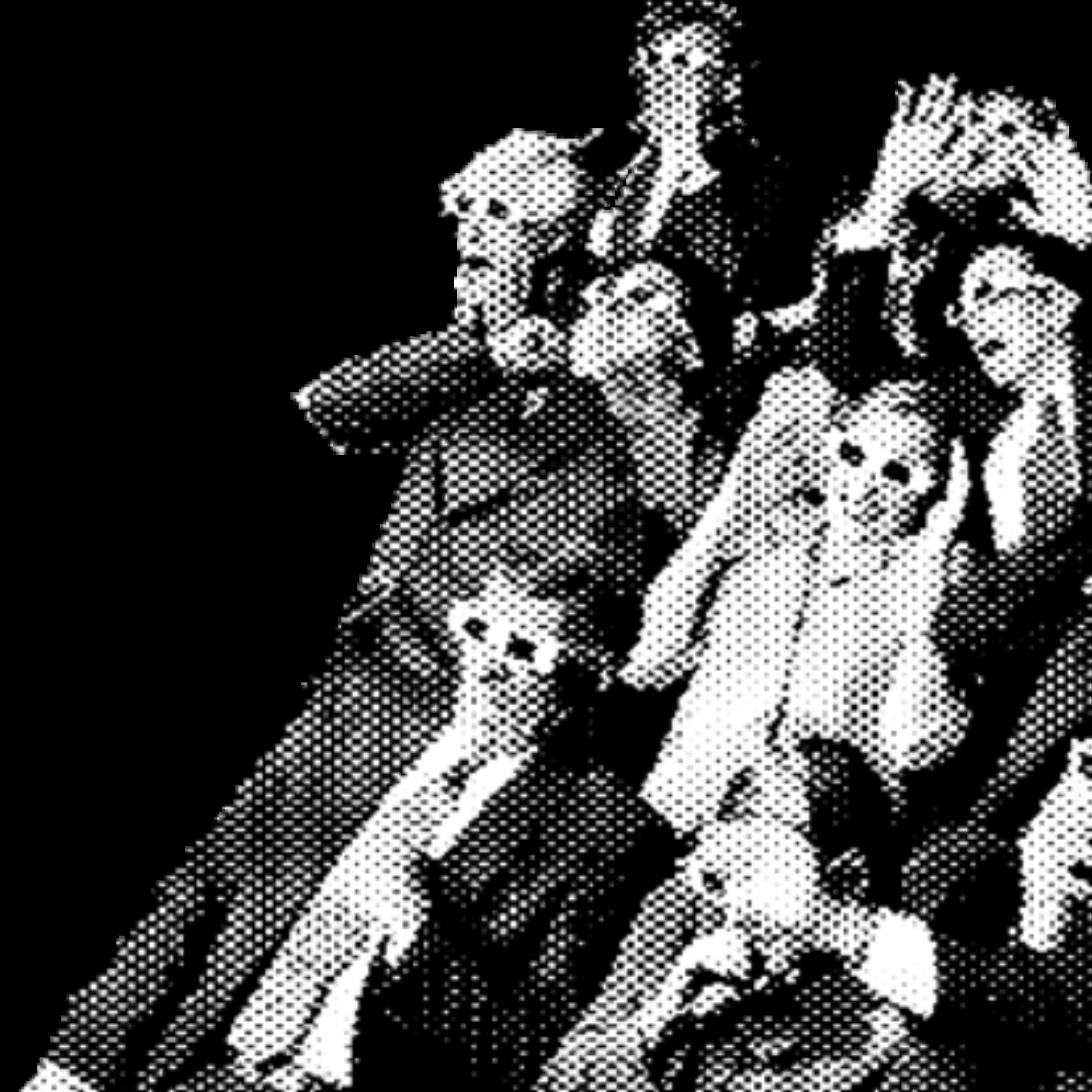

NETFLIX
FEATURE turn the page | November 2022 45
‘‘A ‘disturbance of the market’ does not just happen overnight.’’
The Hutspot page has been a cornerstone of the TTP for quite some time now. Even longer has the dish it lends its name from filled the homes of many a Dutch family with the irresistible smell of creamy potatoes and sweet carrot. But what is going on with our favourite friends in hutspot land these days? In this hutspot about hutspot, we provide new insights into the latest news considering the wonderful yellow, orange, and white ingredients in the undisputed pinnacle of Dutch cuisine.
HUTSPOT April 2021 | turn the page 50
by Thom Jansen
Onion Carrot
Starting off, what is up with the onion these days? With its layered flavour, the onion brings joy to many hutspot lovers. But it is not only joy that Mr Onion brings us... Who amongst us has not dreaded the kitchen nightmare of chopping the onions. Although it is definitely less appealing to be in the onion’s shoes, it is also not the most pleasant experience to be the one holding the knife. Except the solution might be pending to enter Dutch supermarkets. The race for tearless onions has been going on for quite a while now, but it seems that the so-called Sunion has won this battle. You might think this is the work of controversial genetic modification techniques, but apparently, by clever cross-breeding, scientists succeeded in producing an onion with low irritant levels. The company behind this vegetable is planning to roll out their product in Europe in the coming years and then it is only key to not start crying with joy when the tearless onions finally land on your chopping board.
We know that carrots are good for the eyes, but did we know that they can give us an entirely new voice? Well, if you have not explored your musical voice, it can. Playing with our food is something all our parents told us not to do, but it is exactly what one can use carrots for eminently. Due to their long shape and moldability, they are perfect candidates for vegetable instruments. Many primary school classrooms have heard carrot flutes fill the air with musical pleasure. For the more challenging equivalent, you can try to create a carrot clarinet like Linsey Pollak did for a TEDx talk in Sydney.
PotatoWell then, that brings us to the last but not the least of our ingredients: the potato. Surely the world enjoys the many chips, mashes, and salads we still get to eat thanks to our South-American friend. And though many things have been tried to shed a new culinary light on the potato (imagine those nearly nice, twisted potatoes on a stick), a design innovation sparks the most interest. In recent years, our yellow fellow has shown great potential (read potatential) as a bioplastic. By adding water and a polymerisation initiator (vinegar), potato starch can be moulded into a widely applicable thermoplastic. Most starchy vegetables have this property, but the potato is especially promising due to its immense global production yields.
Subscription/advertisement
Members of ID receive Turn The Page free of charge. A yearly subscription costs €9,50 (3 issues). Want a subscription or publish an advert? Please contact turnthepage-svid@tudelft.nl
Copyright
The committee has strived to own the copyrights of the included texts and images. However, if you believe you own the rights to a piece that has been used, we request you to contact us. Nothing from this issue can be reproduced. The committee claims the right to shorten, alter or refuse submitted pieces.
The Communication department of the IDE faculty and the Alumni Association have contributed to this Turn The Page.
Issues
Opmeer
TTP
Official body of ID Volume 23 / Issue 81 November 2022 Turn The page is issued three times a year. Contact ID study association Landbergstraat 15 2628 CE Delft +31 (0)15 2783012 www.studieverenigingid.nl Comments, questions, compliments and remarks can be sent to: turnthepage-svid@tudelft.nl
2100 Copies Press
papier pixels projecten
Thanks Torunn Anne Svindland, Yuliya Pylypko, Heather Montague, HikeOne, Lustrum X, Aimen Wally, Henk Jan Oudenampsen.
We adore chaos because we love to produce order.

















































